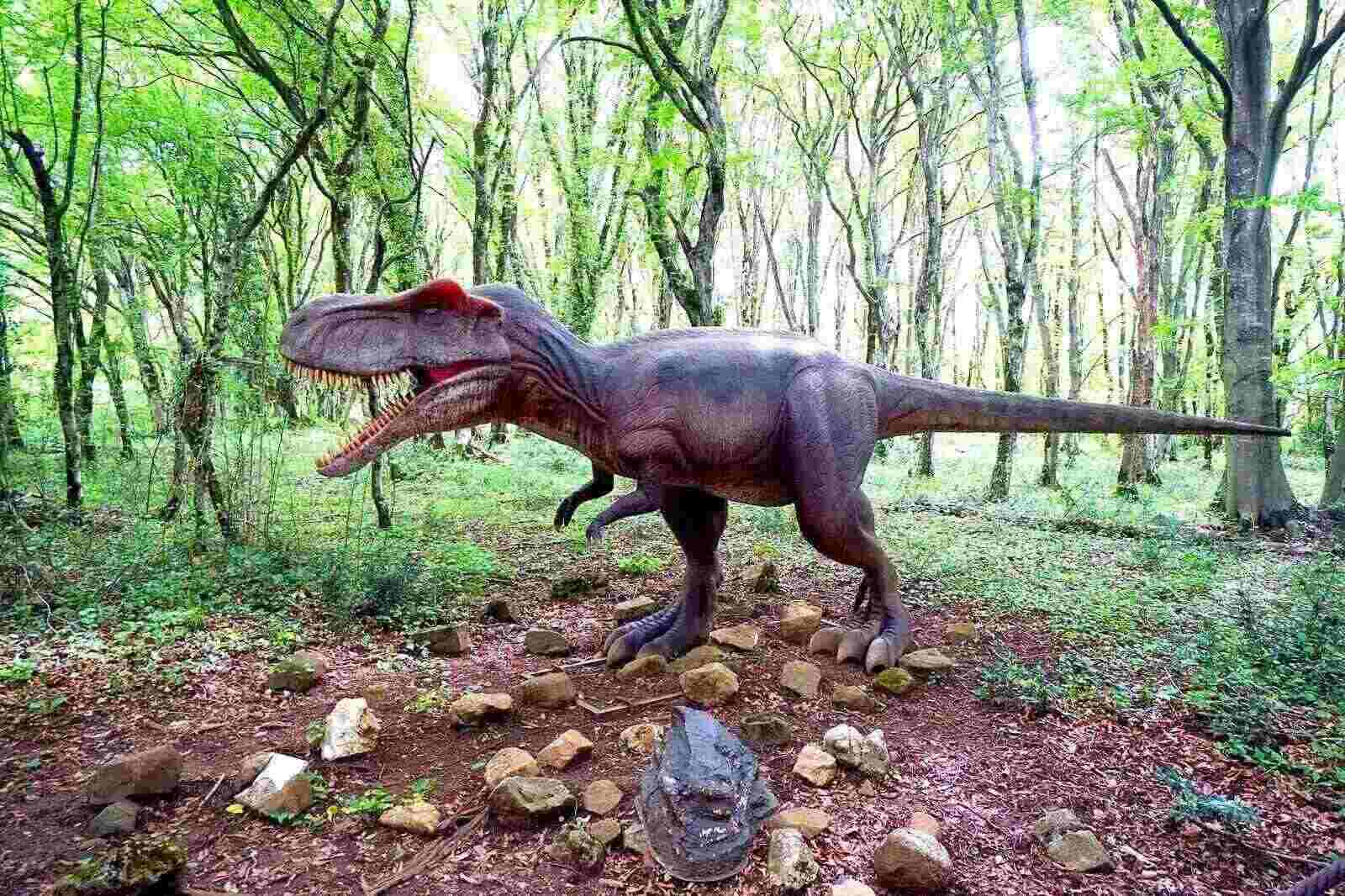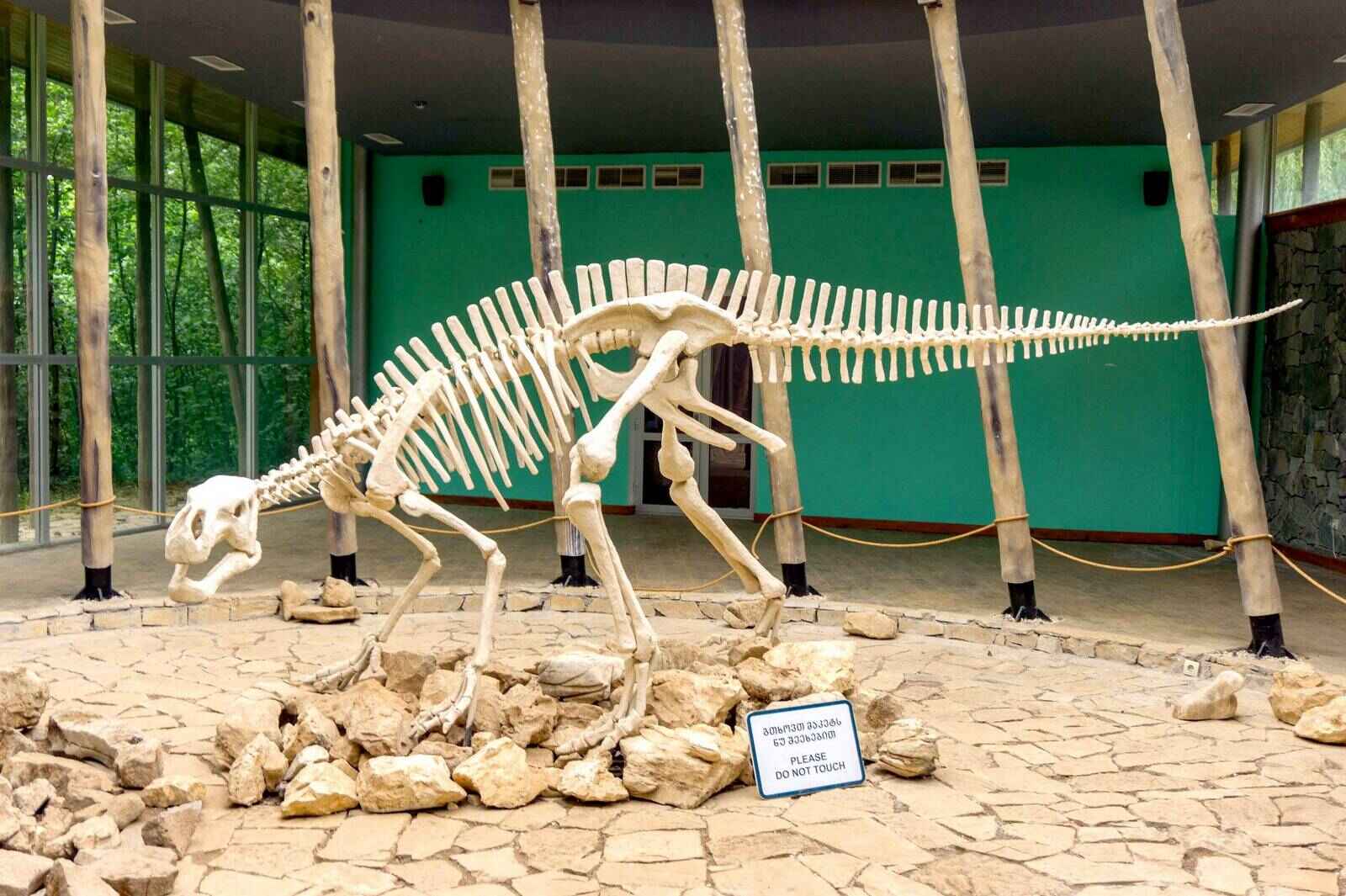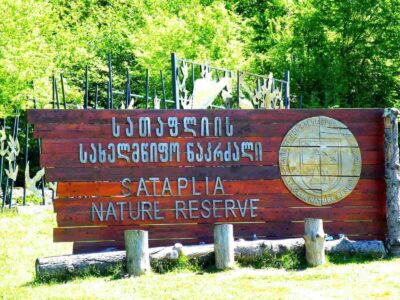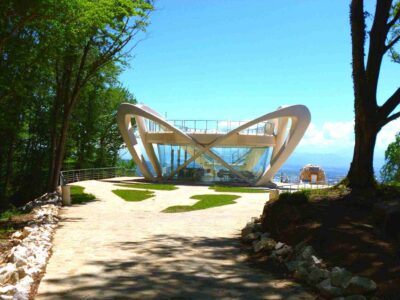Sataplia Nature reserve is mostly covered with the characteristic subtropical colchic forest containing beech, box-tree and hornbeam groves. Hiking in the dense forests, you can listen to the sounds of nature, explore Sataplia Cave with its stalactites and stalagmites and admire a giant dinosaur footprint. The huge and mysterious Prometheus Cave invites you to discover a magic world underground. Why not turn your attention to culture and history after exploring the wonders of nature? The imereti region is located in the ancient georgian kingdom of Colchis, which is scattered with temples, religious monuments, and fortress towers, some of which are connected by secret tunnels.

Sataplia Cave was first discovered in 1925 by P. Chabukiani, who worked as an environmentalist in Kutaisi. He also found the vestiges of settlements of primitive men and discovered the famous dinosaur footprints. In 1935, the area containing various caves was protected as a strict nature reserve.
The surroundings of Sataplia Cave offer hiking trails, including a stunning glass-bottomed viewing platform. Sataplia Cave is comparably small, but still fascinates with its fine cave formations and of course the limestone proof that dinosaurs once walked there. about 200 footprints of 30 cm – 48 cm have been found in different limestone layers to date.

Music and light effects await the visitor in Prometheus Cave in Kumistavi, which has just recently been modernized with technical installations. it abounds in beautiful stalagmites and stalactites, “stone waterfalls”, and “stone curtains” and can also be discovered on a boat trip on the underground river. Visitors can opt to go on special speleological, paleontological or photographic tours.
…that the cave was named after Mount Sataplia, an extinct volcano 494 metres in height? Since ancient times this mountain has been an ideal location for bees. No wonder the surrounding villages have a long tradition in beekeeping and accumulating honey in the rockcracks. over the course of time and thanks to plentiful honey harvests, the mountain became known as “Sataplia” which stands for “land of honey”.

